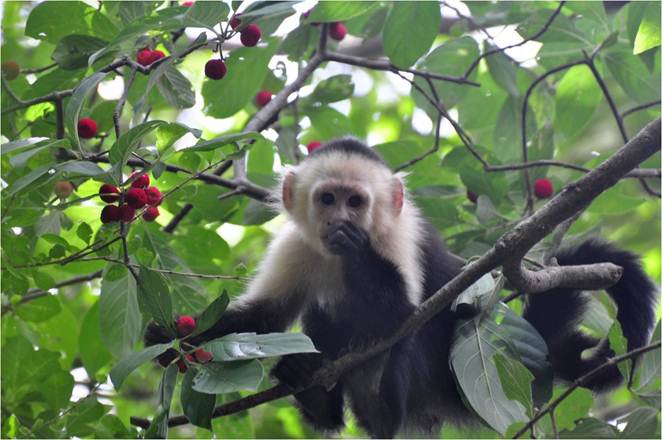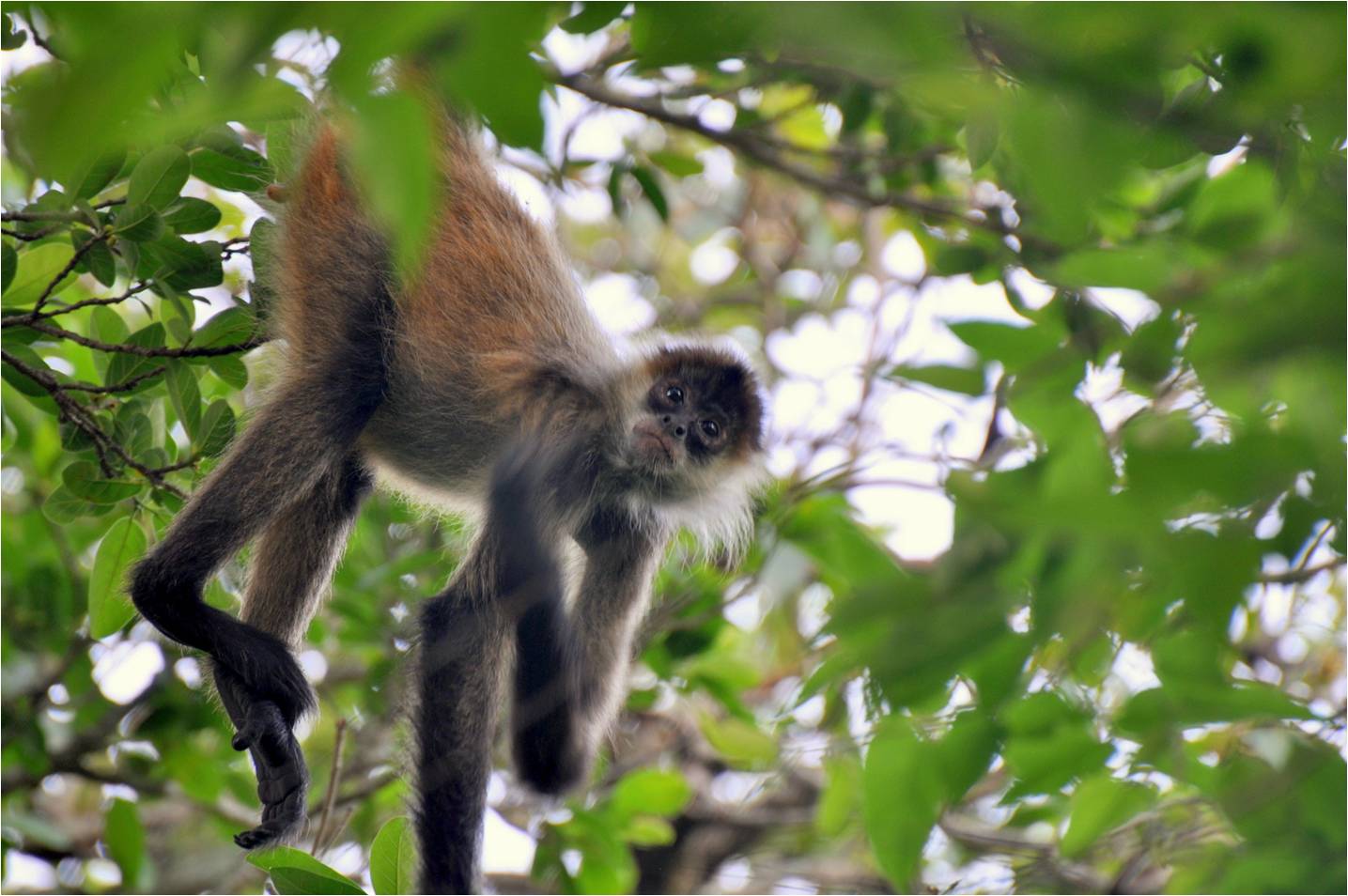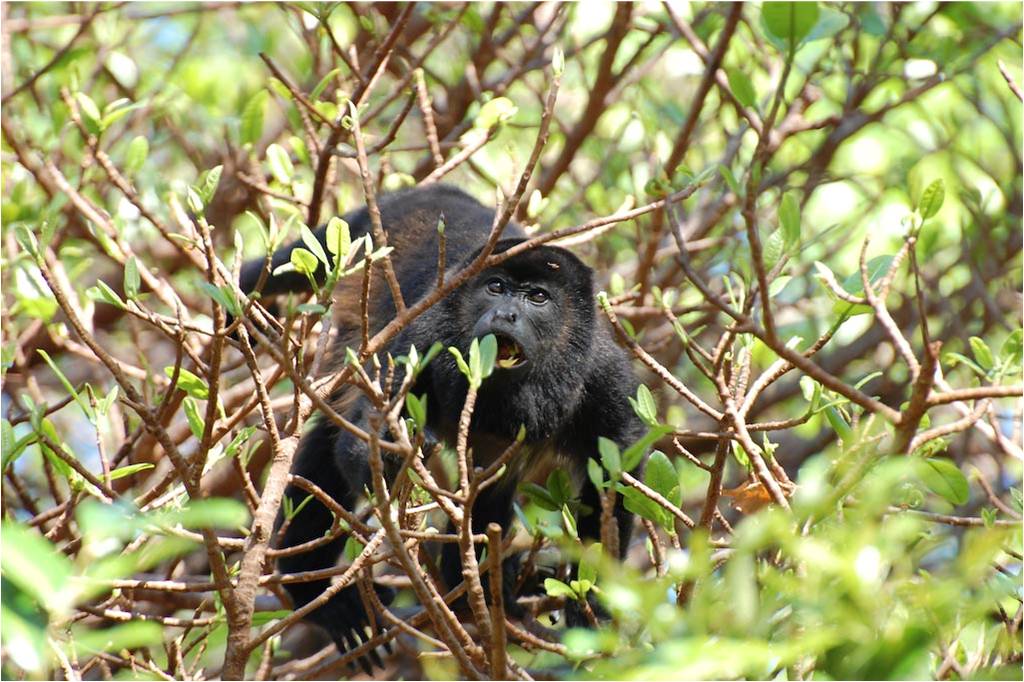![]()
Sensory genetics, ecology and evolution
`Vision and chemical sense in humans, wild primates and fish`
It is crucial to understand humans within an evolutionary framework. By
using non-model organisms to explore genetic variation and its ecological
correlates in wild populations, it is now possible to reevaluate the evolutionary
significance of human genetic variation. The evolutionary diversity of sensory systems-the visual and chamical-sense system in particular-is an excellent model
case for addressing these questions because recent technical developments
have enabled functional evaluation of the relevant genes.
Bearing these issues in mind, we pursue the following research projects
using an interdisciplinary approach that spans molecular biology (population
DNA sequencing, gene expression analysis, in vitro functional assays),
biochemistry, population/evolutionary genetics, and behavioral ecology.
Evolutionary diversity and interplay of vision and chemical senses in primates.
Primates including humans have been regarded as vision-oriented animals.
But this view is changing. Sensors (receptors) of color vision (opsins),
olfaction (olfactory receptors: ORs), bitter taste (TAS2Rs), umami/sweet
taste (TAS1Rs), and other chemical senses are encoded by G-protein coupled
receptor (GPCR) gene families. GPCR gene families comprise of multiple
similar-sequence genes. During evolution, some genes were lost, and other
genes were multiplicated. Such birth and death process has shaped diverse
repertoires of these genes among various primates. Duplication of an opsin
gene might have improved color vision but might have lessened necessity
of olfaction and OR gene repertoire. However, the exact gene composition
in various primates remains unclear due to the largeness of the gene families
with similar genes. We apply the targeted-capture approach to the genomic
DNA of various primate species for these genes combined with the short-read
massive parallel sequencing to tackle the problem.
@We also reconstruct opsin photopigments and chemical sensors in vitro
using cultured cells and we assay their functional properties (absorption
spectra of opsins, tastant/odor sensitivity of taste and olfactory receptors).
Combined with evolutionary genetic approach, natural selection and ancestral
sensors are inferred and their functional properties are also investigated.
@We collect foods (fruits, leaves, flowers) and urine of monkeys in the
field study (mainly in Costa Rica). We analyze their physical (such as
reflectance) and chemical (such as odors) properties. We seek for correlates
of properties of sensed side (fruit ripeness or under-stress urine) and
properties of sensing side (variation of opsins and chemical sensors).
Integrating all these approaches, we decipher evolutionary diversity and
interplay of various senses in primates.



The evolutionary origin and driving force of variation in human color vision.
Catarrhine primates (humans, apes, and African/Asian monkeys) have the
L and M opsin genes, the photo-sensor genes for long and middle wavelength
light, respectively, arrayed in tandem on the X chromosome, with the S
(short wave) opsin gene on an autosome. This arrangement enables uniformly
trichromatic color vision. Yet, only humans are known to have a high incidence
of deletion or fusion of the L/M opsin genes, causing a high incidence
of vision polymorphism with dichromacy and anomalous trichromacy, known
as color vision "deficiency". We have shown that dichromats are
superior in the shape vision (visual acuity) when color is less informative
or disruptive by studying monkeys of Americas in our field study in Costa
Rica, suggesting an evolutionary advantage to the polymorphism. By using
DNA sequence analysis of opsin gene regions from public population genome
data, as well as our own sequencing data from diverse human populations,
we reconsider the evolutionary origins, driving forces and adaptive significance
underlying human color vision polymorphism.
Fish as a model to study the evolutionary flexibility of color vision.
Fish have the most diverse visual system among vertebrates, reflecting their adaptation to the diverse light environments in water. We study stickleback, tetra, zebrafish, medaka and guppy, with particular focus on their visual opsin gene repertoires, expression
patterns and absorption spectra. With zebrafish, we use a transgenic approach to study the regulatory mechanism of opsin gene expression.
We conduct several other related projects as well. Feel free to contact
us on any enquiry.
![]()